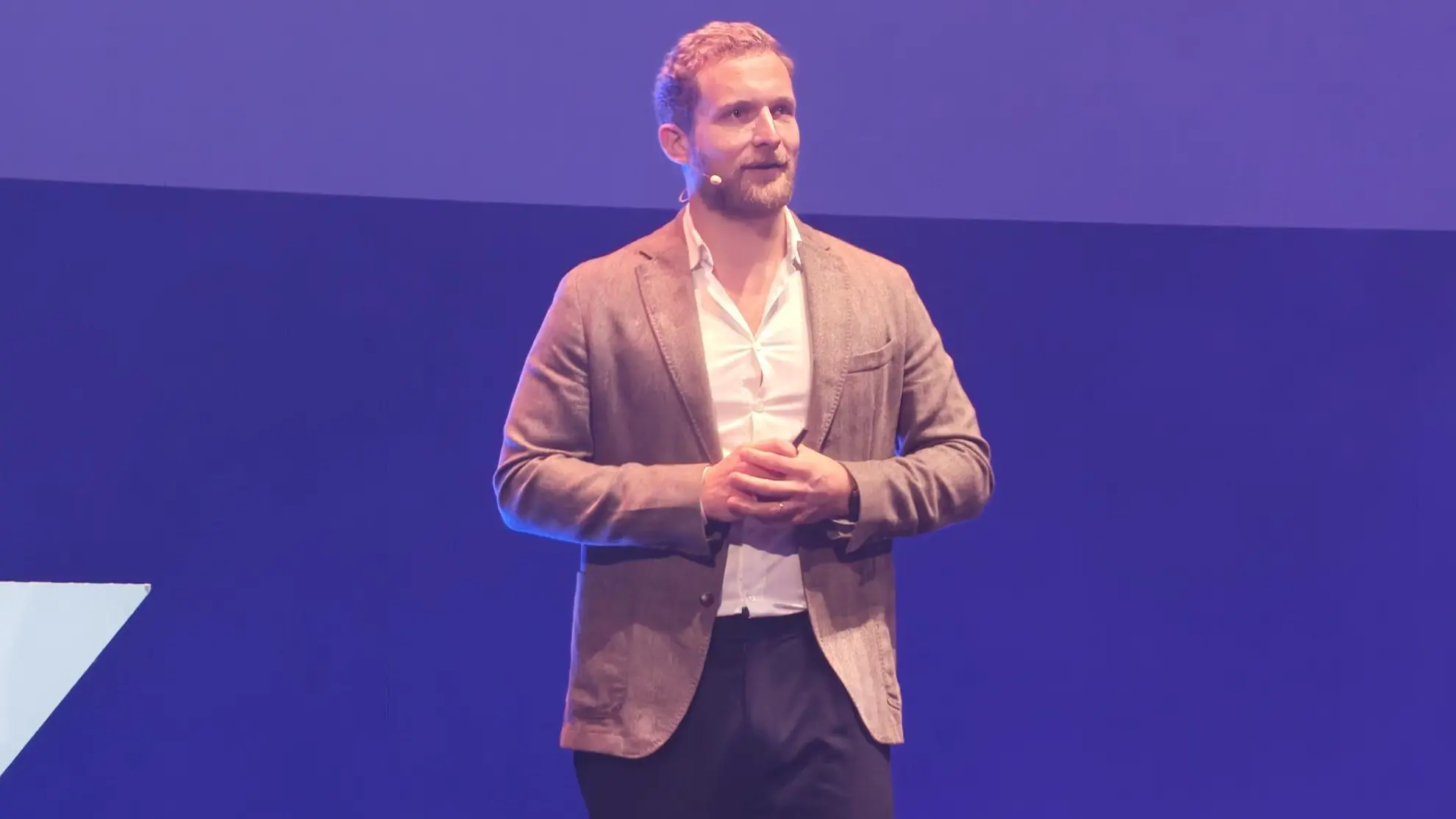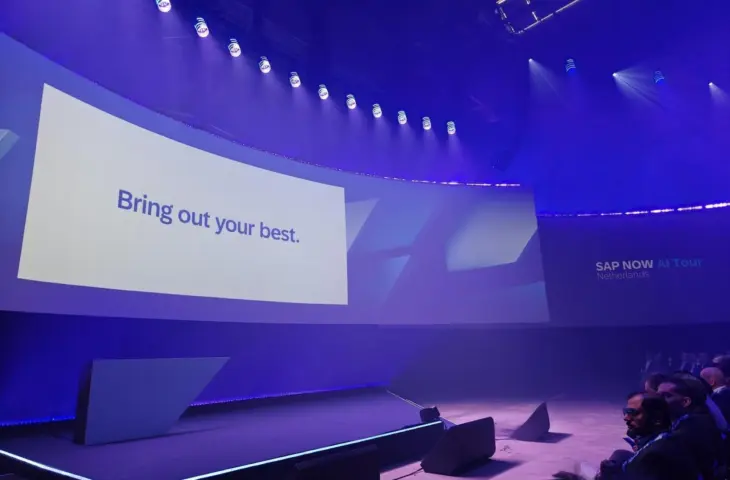SAP Now shows that not every company is ready for AI yet. Many organizations still need to lay a solid foundation first.
At SAP Now in Rotterdam, there was remarkably little talk about novelties, but all the more about a deeper issue: how do you become agile enough as an organization to implement AI structurally? The answer was surprisingly unanimous: clean up. “You have to let go of custom solutions and legacy applications to become agile,” says the program manager of Port of Rotterdam. “Without a solid foundation, every innovation is an attempt without a chance of success.”
A Port that Needs to Grow Digitally
For the Port of Rotterdam, the urgency is high, as physical expansions are almost impossible. “We need to use the available space smarter and deploy our assets more efficiently,” they say. “That requires digital inspections, predictive maintenance, and better traffic management.”
read also
SAP Now Rotterdam: Standardizing to Truly Move Forward
The port previously experimented with a camera-car that analyzes quay walls, but quickly hit a wall. “Developing software is not our task, especially not when the market already offers a solution.” From now on, the port opts for platforms that deliver ready-made innovations.
Shipbuilding: Value above All
At Damen Shipyards, the starting point is primarily technological fragmentation. “We have implemented a clean core, without customization,” the company reports. Only after that foundation is in place do automation and AI applications come into play. That yields tangible benefits. We make fewer errors, have shorter lead times, and less waste.
Remarkably, the pressure now comes mainly from below. “Our users simply want to talk to SAP in natural language.” Anyone who talks to a language model at home doesn’t want to stumble over a complicated user interface and abbreviations at the office.
AI for Everyone
SAP explicitly opts for embedded AI: it appears in the screens employees already use. “We don’t want people to have to go to a different environment; AI should be where they work,” says Jonathan Von Rüden, Head of AI Innovation. The first applications, such as rewriting and summarizing texts, are rapidly evolving towards process support, in the form of suggestions, checks, and automatic actions.

The difference with consumer tools lies in security. Business AI revolves around authorizations and precision, everyone present agrees on that. A wrong answer in the office is a big risk.
Experiment Freely
Damen Shipyards summarizes innovation in one sentence: “Learn fast, fail fast, succeed fast.” Starting with small pilot setups is cheaper and safer than taking big leaps. Nevertheless, Von Rüden warns that companies should dare to rank ideas by value and not by attractiveness. Otherwise, complexity grows faster than the returns.
It turns out that good ideas often come from unexpected places. When SAP opened up its development platform internally, dozens of workable scenarios emerged, whether or not from employees who are normally never part of innovation teams.
Learn fast, fail fast, succeed fast.
Damen Shipyards
A surprising insight during a panel discussion concerned talent. External consultants? They are actually hardly needed. “We do it with enthusiastic newcomers,” they said. Technology is becoming increasingly accessible. One example: a former law student who rapidly reviewed service agreements with the help of AI because he was so good at prompting. “It’s about attitude and the willingness to learn.”
The Rise of AI Agents
What will business software look like soon? Von Rüden points towards AI agents. “AI agents take over pieces of logic and functionality.” That can range from automatic preparation of bookings to customer queries being handled before they reach an employee. Employee responsibility shifts to exceptions and quality control, and precisely there, human nuance makes the difference.
